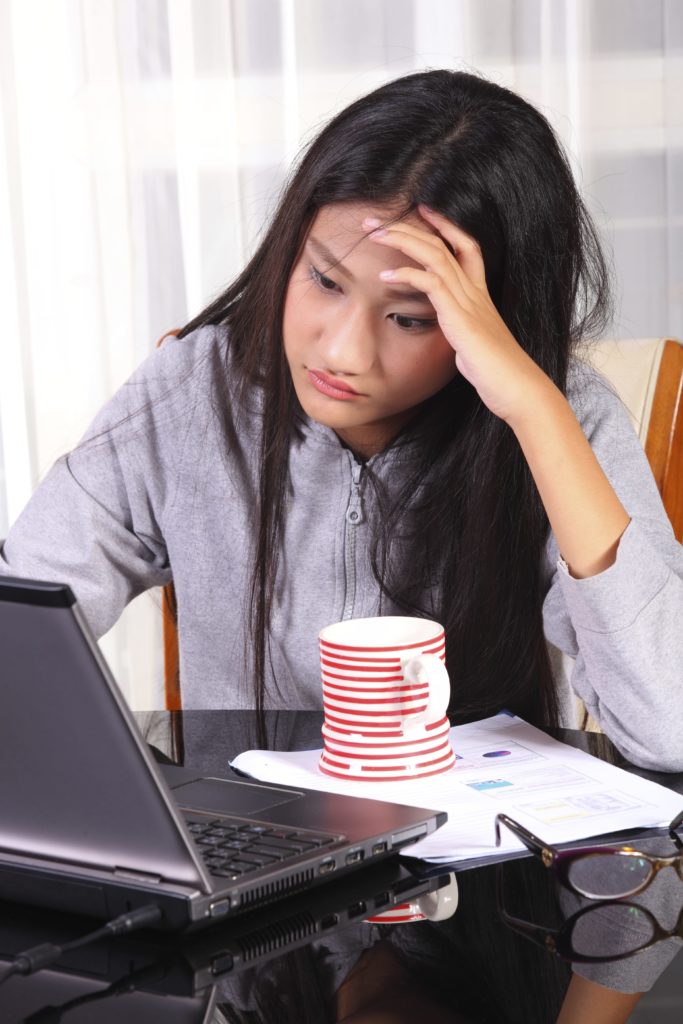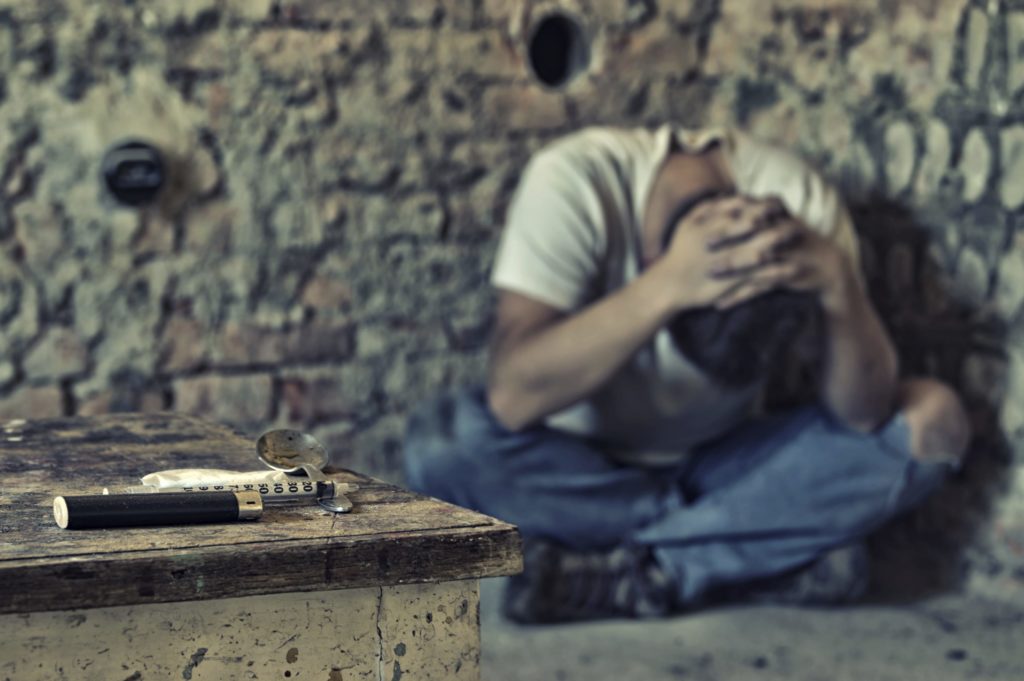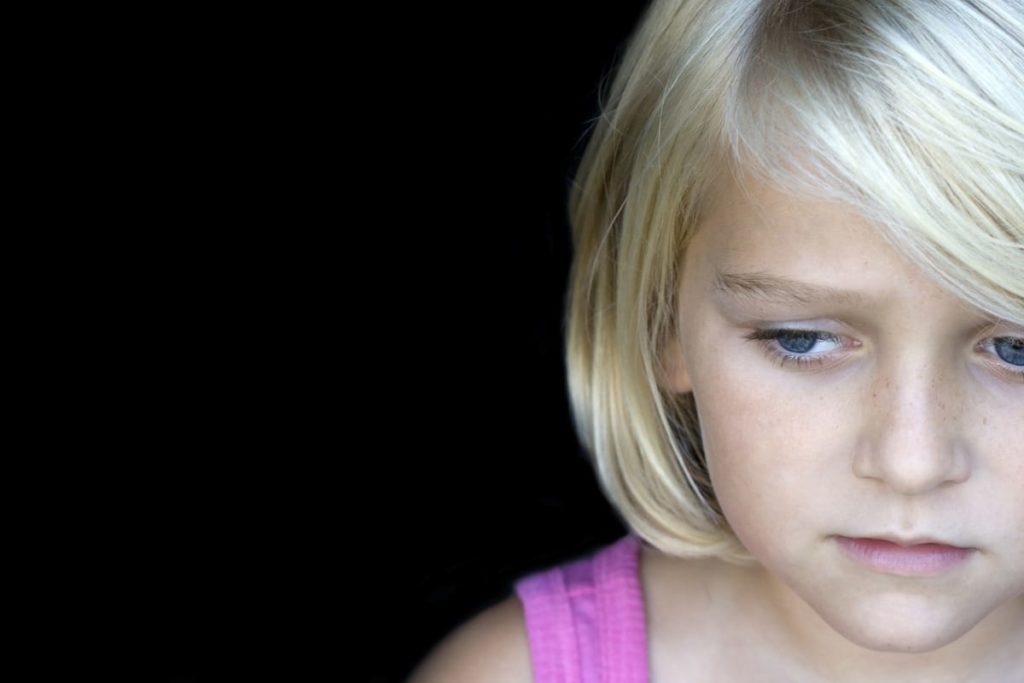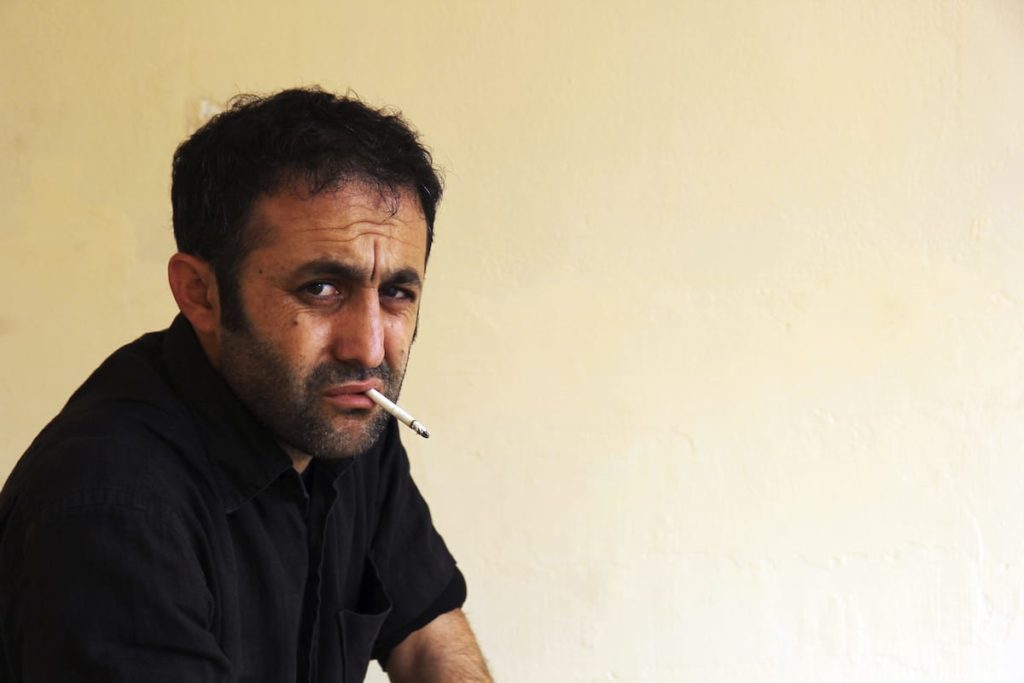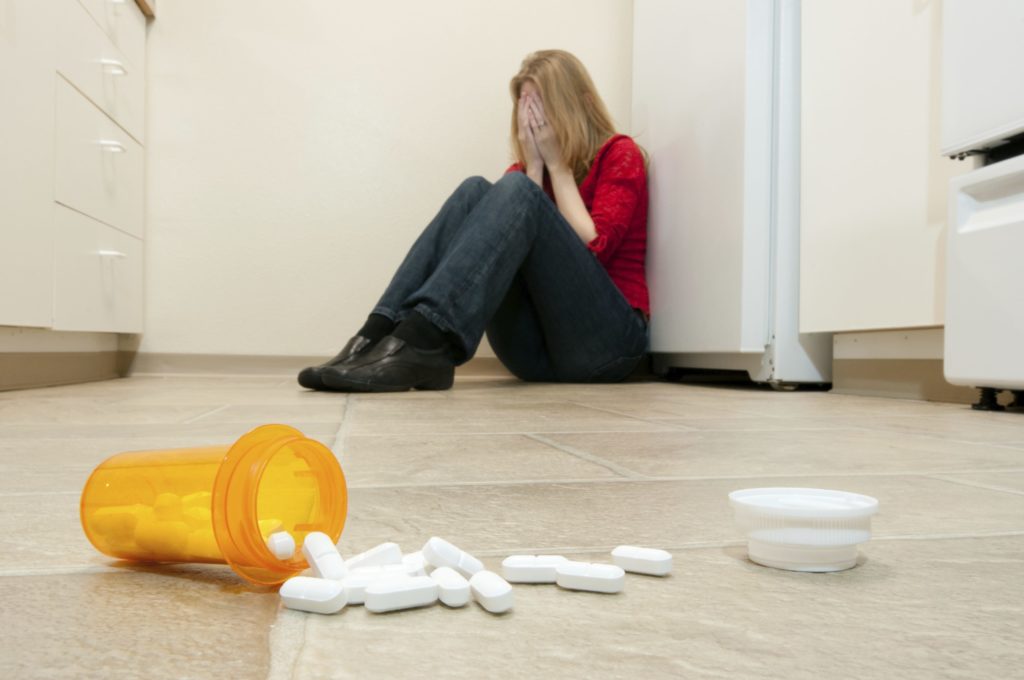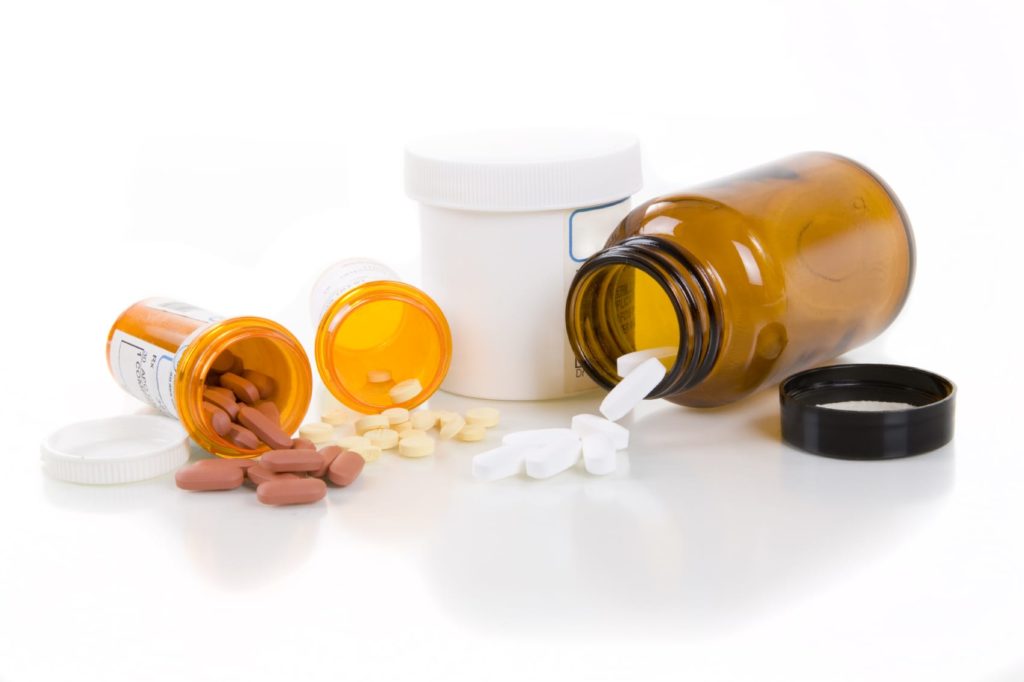Saturday, Sept. 26, marks the 10th anniversary of “National Prescription Drug Take-Back Day,” an annual initiative organized by the Drug Enforcement Agency to curb America’s prescription drug abuse epidemic. That’s when, between the hours of 10 a.m. and 2 p.m., police departments and sheriff’s offices across Texas will join in a massive, nationwide drive to collect the unused, expired and potentially dangerous prescription medications in your medicine cabinet, no questions asked.
Unused Prescription Drugs — The Elephant in Your Medicine Cabinet
And the effort is commendably ambitious. If you’re wondering what those prescription drug leftovers look like, just imagine a giant warehouse holding more than 300 tons of prescription drugs. That’s how much (309 tons to be exact) Americans turned in to more than 9,500 DEA and/or local law enforcement sites across the country in September 2014. (In the greater Houston area, 2,824 pounds of prescription drugs found their way to multiple collection sites around the city.) Or, for a bit more perspective, consider this analogy from the animal kingdom: the average elephant weighs about 3 tons and lives in a herd of about 10 elephants. Now imagine 10 of these herds of elephants, about 100 average-sized elephants, grazing undisturbed on a plain somewhere in Africa. That’s one serious stampede waiting to be unleashed. And the same could be said about all of those unused bottles of prescription drugs in Americans’ medicine cabinets collected in just one year’s take-back event. Here’s what’s even more mind-boggling: If you combine last year’s take-back day results (those 309 tons) with the total collected from the eight previous years, you’ll soon find the DEA and its law enforcement partners culled more than 2,400 tons of prescription pills in nine years. Or, to put it in elephant terms, in nine years’ time, Americans have turned in the weight equivalent of roughly 80 herds of elephants, simply by perusing their medicine cabinets for unused bottles of prescription drugs.
6 Reasons Why a National Drug Take-Back Day Is Good for America
The safe, secure and supervised disposal of all of those prescription drugs is worth celebrating on this 10th anniversary of the National Prescription Drug Take-Back Day. The bottom line is, after all, that fewer prescription pills aimlessly hanging out in your medicine cabinet reduces the health dangers they pose to you, your children and/or other family members. Those dangers can range from illicit drug use and a developing addiction to a potentially fatal overdose. If you’re not convinced, here are five more reasons to get rid of unused medications:
- Prescription drug abuse is a deadly epidemic in America that’s not letting up anytime soon. Consider just a few of the staggering statistics: 52 million people in the U.S. (roughly one in six Americans) over the age of 12 have used prescription drugs non-medically in their lifetimes, according to the National Institute on Drug Abuse, and many will need treatment to get their use under control. Roughly 1 million Americans have used them non-medically in the past month. The U.S. represents only 5% of the world’s population but accounts for 75% of the world’s consumption of prescription drugs. The Centers for Disease Control reports that America is in the midst of a “prescription painkiller overdose epidemic,” with 44 Americans dying every day from a prescription drug overdose and many more developing an addiction. Today, drug overdoses have superseded car accidents as the leading cause of injury death in this country, and prescription drugs account for over half of these fatal overdoses.
- All patients — including and maybe most especially teens — are at risk of prescription drug misuse. That at least is the conclusion of a just-out study by Quest Diagnostics, the world’s leading provider of diagnostic information services. The study found a high rate of prescription drug misuse (more than 50%) across all ages and both genders. Similarly, one in two patients between the ages of 10 and 17 is misusing (and potentially abusing) his or her prescription medicine.
- Teens typically start using prescription drugs after finding them in their parents’ medicine cabinets. The words of one patient in treatment for an addiction to prescription opiates described how the abuse began: “I found a bottle of 5 mg hydrocodone tablets my dad had after knee surgery, and I took 1½ tablets. I was 18 years old and had just started smoking pot and experimenting with drugs. I went to bed, and after about an hour I felt an intense warm, fuzzy, pulsating euphoria come over my entire body. It was pure bliss and felt extremely good. I immediately always sought out opiates before any other drugs after that.” Sadly, a similar storyline plays out in households across America.
- In the majority of prescription drug abuse cases (54.2%), a friend or family member provided the drugs free of charge. In contrast, transactions with a stranger or drug dealer accounted for only 1.9% of such cases.
- As many as two-thirds of American families have been touched by drug or alcohol addiction, and at least 10% of Americans over the age of 18 report being in recovery from drug or alcohol abuse. This reality suggests a great majority of American families are vulnerable to the risk that unused prescription drugs in their medicine cabinets may pose to loved ones with addiction (both those needing treatment and those in recovery).
If you’re concerned that a family member may be at risk of prescription drug abuse or relapse, there are signs to look for, and treatment can help. In the meantime, clearing out your medicine cabinets and hauling the drugs to your local drop-off center on Sept. 26 is a no-brainer. (For a location in your area, enter your zip code here.)

